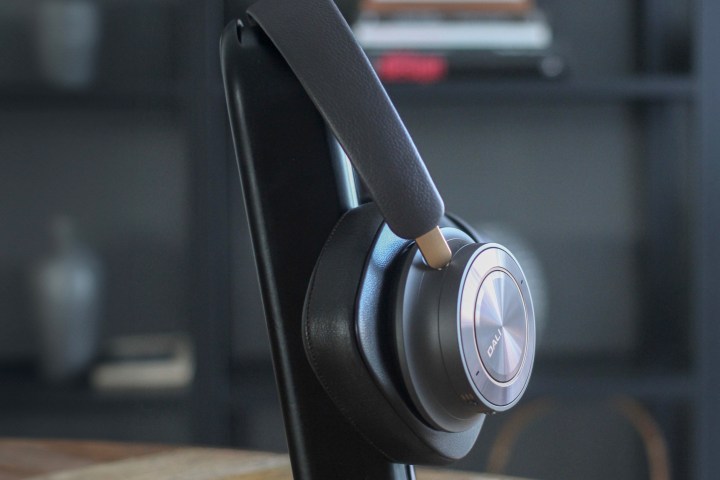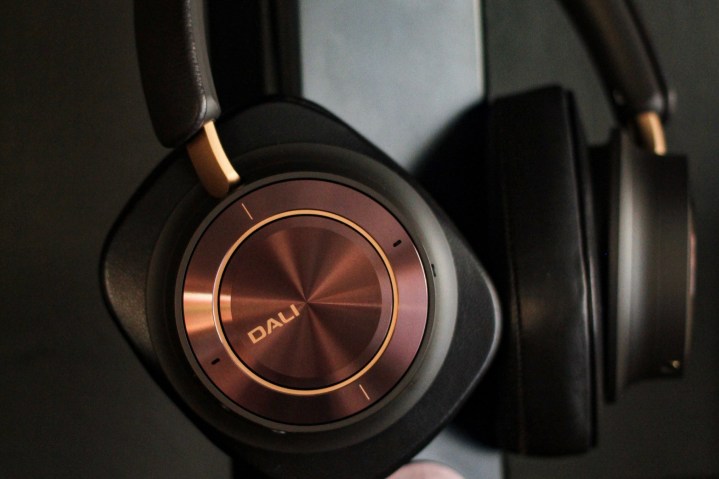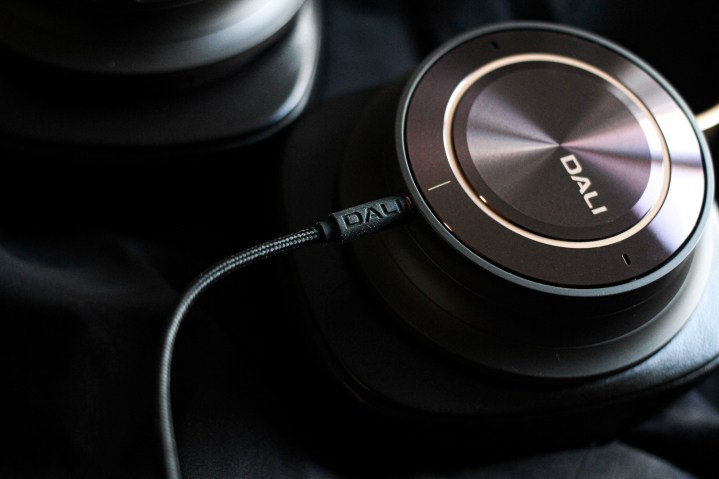
Dali’s latest wireless headphones, the Dali IO-12, will cost $1,299 when they hit retail later this month. That’s a huge jump up from the company’s previous offering, the $500 Dali IO-6, but Dali says the new noise-canceling cans are worth it because of the unusual technology that has been used to create the headphones’ drivers.
The company claims the IO-12 are the world’s first to use a Soft Magnetic Compound (SMC) magnet system — the same tech that Dali patented and used in its acclaimed floor-standing speakers. The primary benefit to SMC is a reduction of hysteresis — distortion that can be caused by resistance to the voice coil in traditional magnet systems. Reducing hysteresis can lower uneven harmonic distortion “drastically,” according to Dali.

The improvement is so notable that Dali’s head of product management, Krestian Pedersen, says the IO-12 “have essentially achieved electrostatic levels of midrange clarity.” Electrostatic headphones have a reputation for exceptional clarity and transparency, but they can cost thousands of dollars and require their own high-voltage power supply, so you can’t use them when you’re away from a power outlet.
The driver itself also borrows a few construction techniques from Dali’s speakers, including the use of a voice coil former — a rigid cylinder around which the coil is wound — which once again leads to lower distortion.
As a wireless set of headphones, the IO-12 support the SBC, AAC, aptX HD, and aptX Adaptive Bluetooth codecs for up to 24-bit/96kHz lossy hi-res audio. And with the included USB-C audio cable, you can get the same resolution losslessly from compatible devices like PCs, laptops, and phones.

We’ve seen USB-C audio on other high-end headphones like the Bowers & Wilkins Px8 and the Master & Dynamic MW75, but these cans typically need to be powered on to work with analog signals. The IO-12, by contrast, has a dedicated analog cable and the company says the sound signature isn’t affected when you use them in their non-powered state.
The headband and ear cushions are made from real leather and the internal battery gets a claimed 35 hours of use per charge. The headphones have active noise cancellation (ANC) and can be used for voice calls and accessing voice assistants, but Dali hasn’t mentioned any transparency or sidetone modes. There’s also no app support for the IO-12. All features, including the two built-in EQ modes (Hi-Fi and Bass), are accessed via the headphone’s controls.
Editors’ Recommendations
Services Marketplace – Listings, Bookings & Reviews
